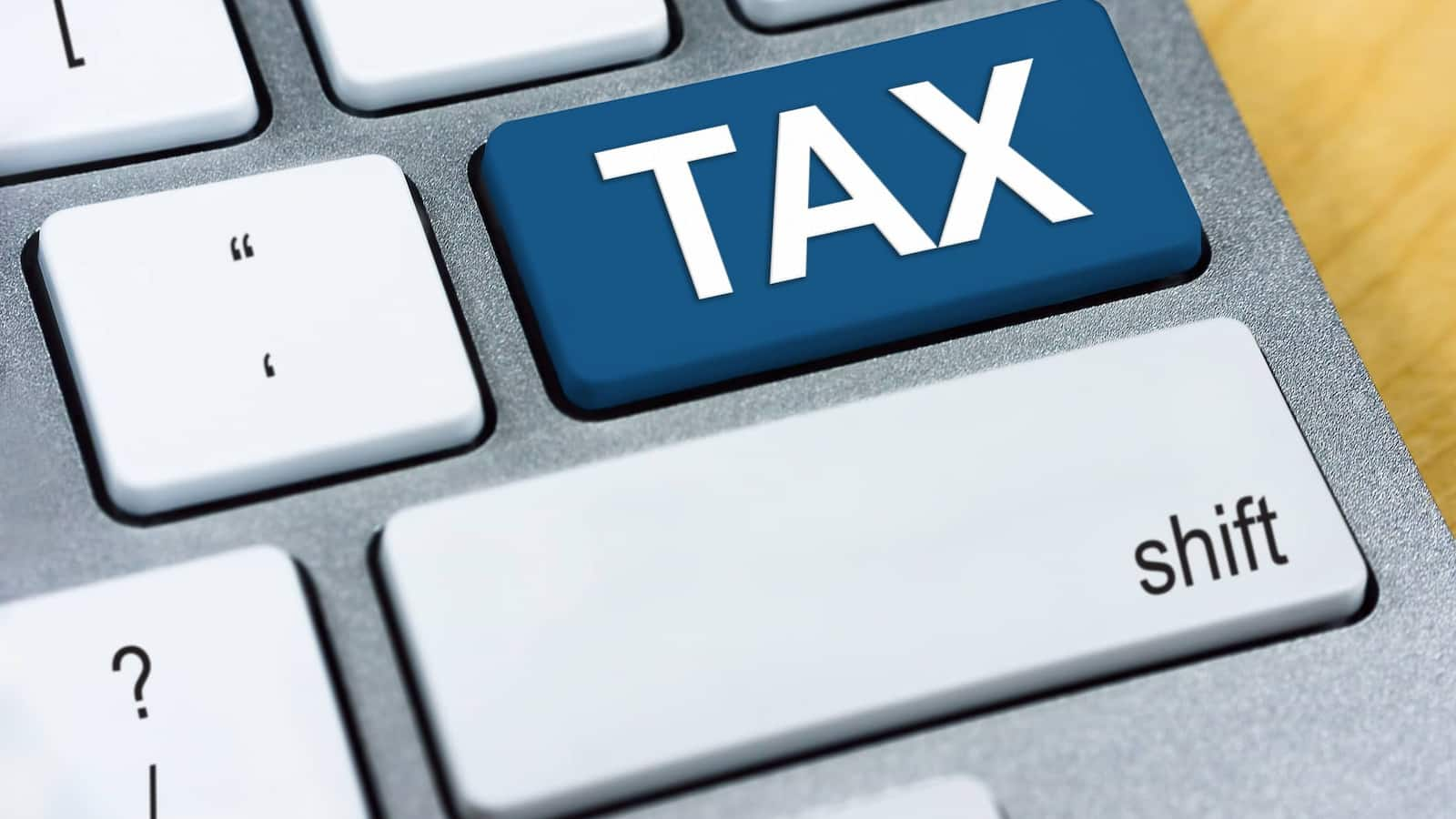K1 Tax Form: There are a variety of tax payment forms that must be completed to meet the Internal Revenue Service’s requirements. The document that will be the subject of discussion today is Schedule K1. This relates to a federal tax form that the shareholders or partners of an S corporation or financial entity use to report income, losses, and dividends. Furthermore, trusts and estates often report income distributions for beneficiaries on Form K1. This document caters to each relevant individual. Following this, the partnership submits Form 1065 and the tax return containing the activity detailed on each partner’s K1. An S corporation discloses its activity on Form 1120-S.
Top States with Highest Percentage of Tax Filers Income in the United States
What are the implications of a K1 on one’s taxes?
To put it briefly, a K1 can only have two distinct effects on individual taxes. The first is by increasing the tax liability of a partner; the second is by granting them a tax deduction. Connecting the K1 to an income source could potentially increase their yearly liability. Moreover, this raises the inquiry as to whether Schedule K1 qualifies as income. Like a Form 1099 or a W2, this category of document does detail taxable income. Nevertheless, this occurs exclusively in specific categories of business entities, including partnerships, S corporations, trusts, and estates.
You can submit Schedule K1 with Form 1065 or 1120S to the IRS. Electronically transmitting the form using IRS Free File or tax preparation software is probably the easiest. The form can be mailed. For Schedule K1 questions, visit the IRS website and search by keyword.
IRS filing Season Statistics: Tax Return Refund Amounts in 2024 are Lower Compared to 2023


















